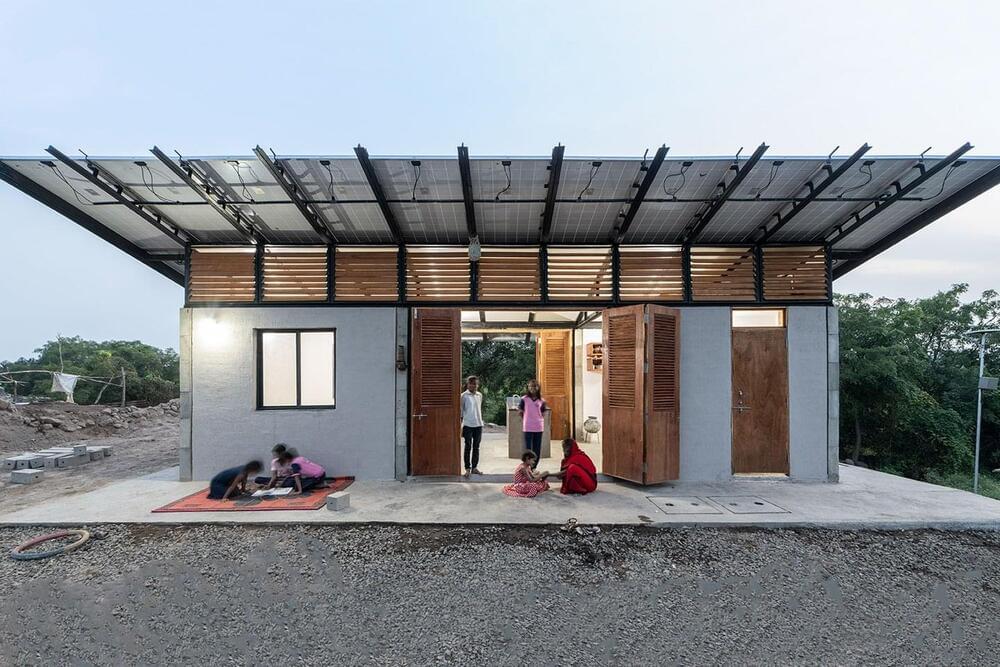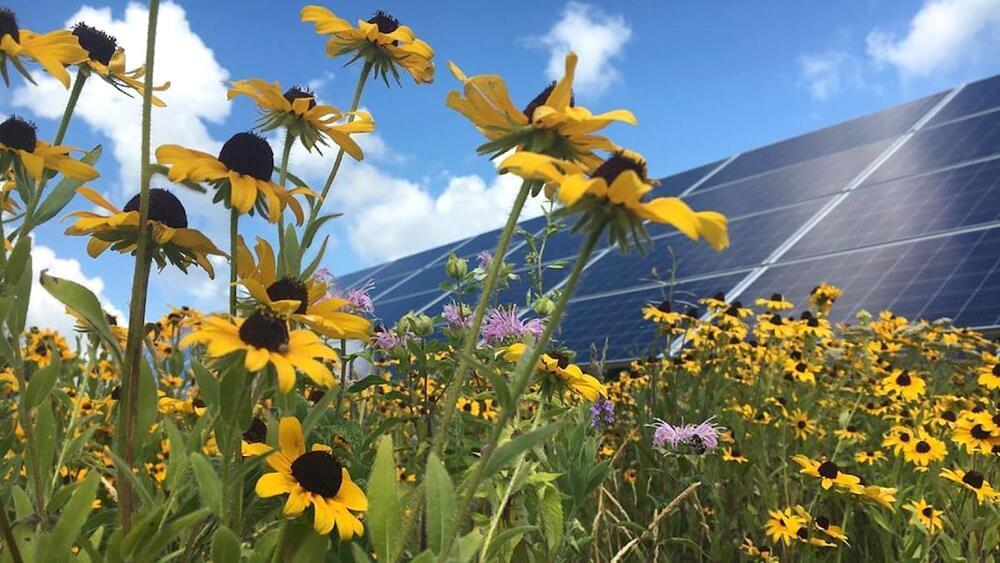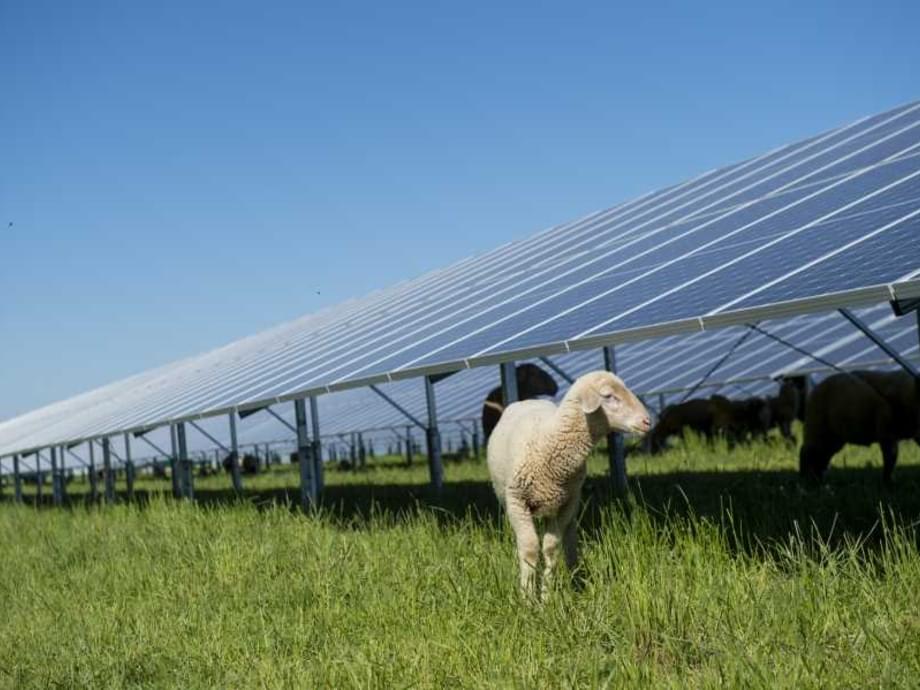Net-zero architecture is what will reduce emissions from the construction industry on a large scale. But make it inclusive as well as scalable and you also get a solution that can lift homeowners out of poverty while building a community! Created for that very purpose, these solar homes are aiming to help solve both the global housing and climate crises with one design. The houses produce their energy, harvest 100% of the rainwater, clean their sewage, and also have the potential to grow their own food!
It is called the PowerHYDE housing model and was created by Prasoon Kumar and Robert Verrijt of Billion Bricks from India and Singapore. The model explores sustainable solutions to empower and facilitate growth opportunities for people without homes around Southeast Asia which has a lot of rural and low-income populations. These homes not only provide shelter but are also a power module to scale sustainable communities that lift homeowners out of poverty!









